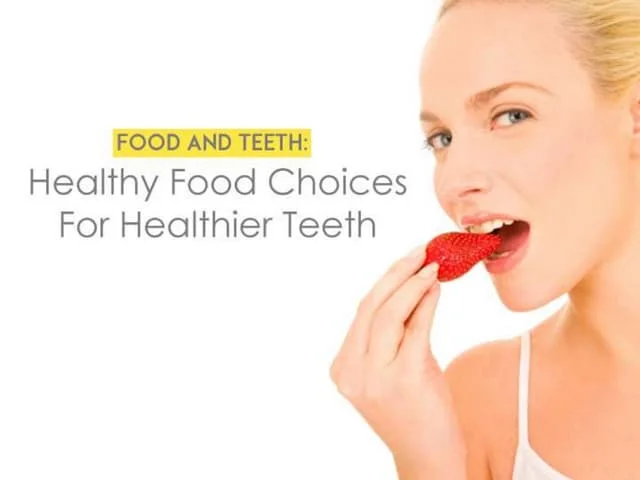Brentwood: (615) 235-1966

Banish Toddler Gums Woes: Solutions For Happy, Healthy Smiles!
Brentwood, TN

As a parent, witnessing your toddler bleed can be concerning. While scraped knees and cut lips are common results of toddling mishaps, bleeding gums raise a different set of worries. Here, we’ll explore the causes behind toddlers’ bleeding gums and provide effective treatments guided by dentists. We know it can be challenging to make sure your child’s teeth stay healthy as they become more independent. That’s why we will give you tips to make brushing time fun. Your child’s oral well-being is a priority, and we’re here to guide you through this aspect of parenting.
Causes of Bleeding Gums in Toddlers
Is your toddler experiencing symptoms such as redness, tenderness, or swelling in their gums? Have you ever noticed pink-stained saliva after brushing your teeth? The presence of those signs, along with bleeding gums, may indicate that your young child is experiencing one of the following conditions:
Dry Mouth and Gums: The International Association of Pediatric Dentistry (IAPD) explains that dry gums can be more prone to bleeding, as the mouth is meant to be moist at all times. Toddlers may experience dry gums due to:
- Some individuals may breathe through their mouths instead of their noses due to factors such as allergic reactions, swollen tonsils, or adenoids.
- A short upper lip or another orthodontic issue can cause the inability to close one’s mouth at night.
Plaque and Gingivitis: Plaque and gingivitis, also known as gum disease, are important oral health concerns. Improper oral health care can be the culprit causing your toddler’s bleeding gums. According to the International Association of Paediatric Dentistry (IAPD), plaque build-up leading to gingivitis is the primary cause of bleeding gums in toddlers.
Here is an explanation of how it occurs:
- The bacteria in your toddler’s mouth thrive on sugars found in sweet and starchy foods, leading to the formation of plaque on their gums and teeth.
- Tartar forms when the plaque hardens, which can then cause tooth decay and gingivitis.
- Gingivitis is a condition that causes inflammation of the gum tissue, resulting in bleeding when brushing.
Inadequate or improper brushing techniques often cause gingivitis. If gingivitis is overlooked or ignored, it can progress into more advanced stages of gum disease that are challenging to reverse.
Gum Injury: Even healthy gums can bleed if they are injured by vigorous brushing or brushing with a toothbrush that has hard bristles.
High-sugar Diet: A high-sugar diet can have negative effects on your gums and teeth, as you are likely aware that soft drinks and candy are detrimental to oral health. Fruit juice and dried fruit snack bars are also high in sugar. High-carbohydrate or starchy foods, such as bread, chips, crackers, pasta, potatoes, and pretzels, can be converted into sugars that have the potential to contribute to the formation of plaque and result in bleeding gums.
Other Medical Conditions: Although uncommon, there could be a medical explanation for your toddler experiencing bleeding gums.
If you have treated the bleeding gums as described above and your child’s gums continue to bleed, it is advisable to consult with your nearby dentist as early as possible.
How To Treat and Prevent Bleeding Gums?
According to the IAPD, you can reduce your child’s bleeding gums within seven to 10 days by following these treatment measures. These treatments can also be used as a guide to prevent bleeding gums.
Brushing
- To properly brush your toddler’s teeth and gums, use a soft-bristled toothbrush with a small head that can easily fit in their mouth.
- Please take care that your child brushes his teeth at least twice a day. Make sure to brush after breakfast and before going to bed. It is strongly recommended to brush your teeth after consuming sugary or starchy snacks.
- It is important not to avoid touching the gums with the toothbrush, even if they bleed. With gentle care, you can gradually eliminate the plaque responsible for the bleeding.
- Apply a small amount of toothpaste to the bristles for toddlers who are under two years old. For children aged two to five, it is recommended to use a pea-sized amount.
- Assist older toddlers who are eager to brush their teeth independently.
Flossing
- It is recommended to gently clean between your child’s teeth when two of the teeth start touching, which typically occurs around the age of 2 or 3. It is essential to remove plaque completely. The most effective options for cleaning a toddler’s mouth are waxed floss, floss picks, or interdental cleaners.
Proper Diet
A tooth-friendly diet can establish lifelong healthy eating habits for your toddler. Here are some recommendations:
- It is important to consume regular meals that include a variety of vegetables, fruits, whole grains, low-fat dairy products, and lean proteins such as meat, poultry, fish, and legumes. It is advisable to only offer sugary treats occasionally, particularly during mealtime. This is because the saliva produced during meals can assist in rinsing away the sugars.
- Choose healthy snacks such as fruits, vegetables, or low-fat cheese. One effective strategy to discourage your toddler from requesting unhealthy snacks is to avoid keeping them readily available at home.
- It is important to remember to drink water during meals and snack times.
Regular Visits to a Dentist
- Make sure to schedule regular dental appointments for your toddler, starting before they turn one year old. It is important to schedule regular dental check-ups with your pediatric dentist for your child, even if they have good oral care habits and are in good health. This is because these check-ups can help detect gum inflammation early on.
Pro Tip: To prevent dryness, apply a small amount of petroleum jelly to your toddler’s lips and gums before bedtime.
Unexpected conditions can arise at times. With your understanding of the signs, causes, and treatments for your toddler’s bleeding gums, you can effectively prevent the issue from happening again or even avoid it altogether. By consistently promoting and supporting good oral hygiene and healthy eating habits for your toddler, you can help them develop a lifelong, radiant smile.




